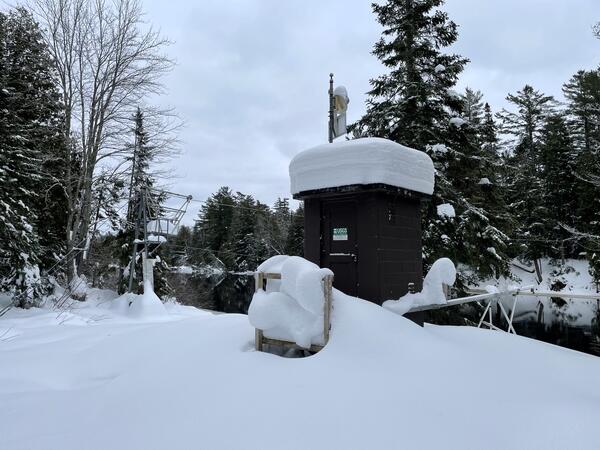Streamgage 04045500 Tahquamenon River Near Paradise, Michigan covered in snow
Streamgage 04045500 Tahquamenon River Near Paradise, Michigan covered in snowStreamgage 04045500 Tahquamenon River Near Paradise, Michigan, covered in snow on a December day.
https://waterdata.usgs.gov/monitoring-location/04045500/




















